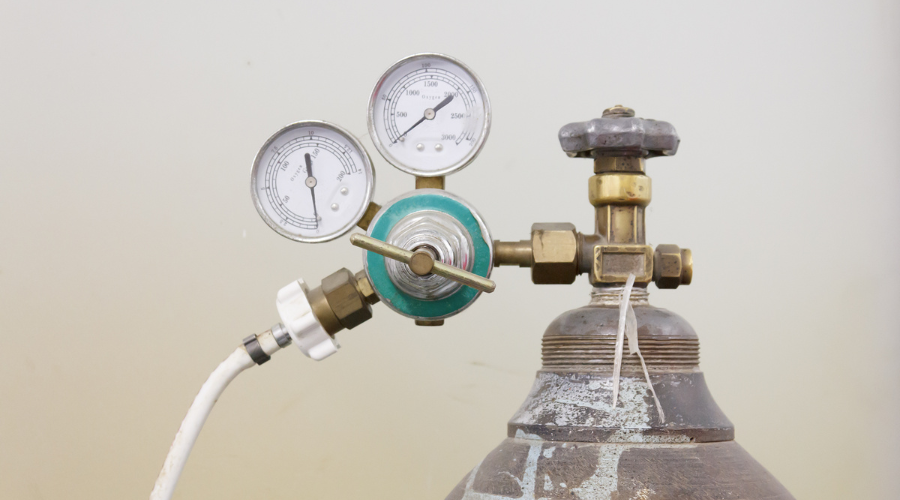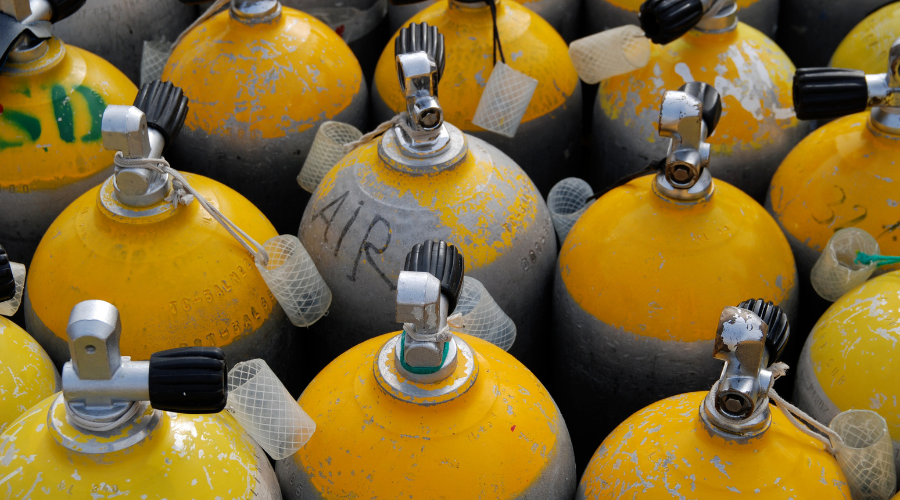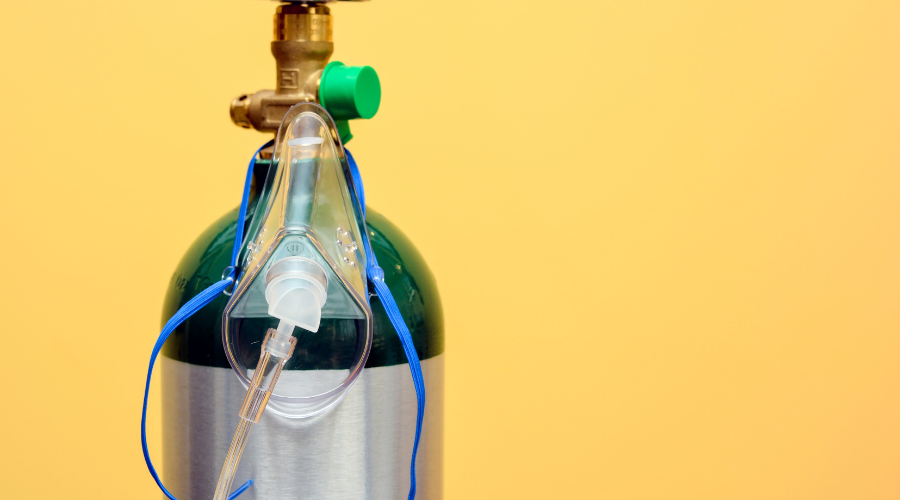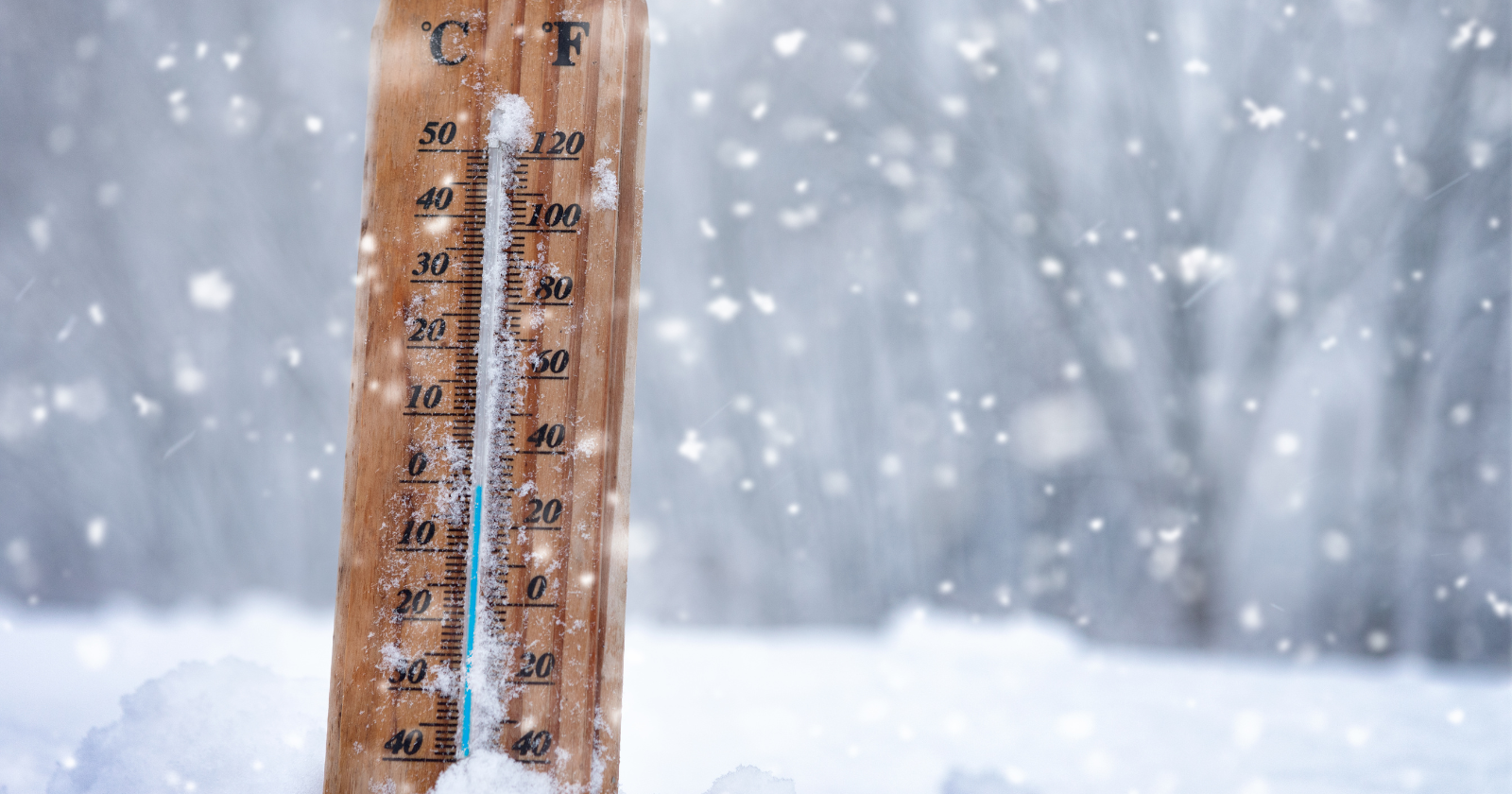Many people are interested in and concerned about the safety of oxygen tanks in extreme temperatures, particularly in cold weather. I’ve often heard the question, Can oxygen tanks explode in cold weather? Unpacking the Myths and Facts: It’s worth examining the properties of oxygen tanks to understand the risks involved.
Oxygen tanks, when properly handled and maintained, are designed to be safe and reliable in a variety of environmental conditions. However, the concept of an explosion is typically associated with rapid combustion, and because oxygen is a vital component of fire, it might seem plausible that such tanks could pose a higher risk in certain conditions.
In cold weather, the primary risk to oxygen tanks isn’t the cold itself but rather the potential for physical damage to the tanks or the consolidation of ice and snow that can affect valves and regulators.
Such damage or obstruction can lead to malfunction or create a situation in which the tank releases oxygen rapidly if the structural integrity is compromised.
It’s crucial to understand that while the tanks contain a high oxygen concentration, they do not inherently contain combustible material; thus, the tank itself would not ‘explode’ in the traditional sense without a fuel source and an ignition.
Proper safety measures and handling practices are vital to maintain tank integrity and function, especially in colder environments.
Can Oxygen Tanks Explode in Cold Weather-Key Takeaways
- Oxygen tanks are generally safe in cold weather but can malfunction if physical damage occurs.
- An explosion would require a fuel source and an ignition, not just the presence of oxygen.
- Adoption of best practices for maintenance and handling is key to preventing accidents with oxygen tanks.

Understanding Oxygen Tanks in Cold Weather
Oxygen tanks’ work and response can change in cold weather. I’ll discuss the effects of low temperatures on these tanks and the potential risks of explosion.
Effects of Cold on Oxygen Tanks
Cold weather can significantly affect the pressure inside my tank. As the temperature drops, the pressure inside the tank decreases, too. This is a basic gas law—think PV=nRT, where pressure and temperature have a direct relationship.
Suppose I’ve got a tank filled with liquid oxygen; the cold can actually help maintain it as a stable liquid. But if I’m dealing with high-pressure oxygen gas, then lower temperatures mean less pressure, which can affect how oxygen is delivered from the tank.
- Low Temperature: Decreased gas pressure in the tank
- High Pressure: Necessary for proper oxygen delivery
- Liquid Oxygen: More stable in lower temperatures
Risks of Oxygen Tank Explosion in Low Temperatures
You might wonder if an oxygen tank can explode in cold weather due to reduced pressure. The risk of an explosion isn’t directly caused by cold temperatures but by other factors that could come into play.
For example, if the thermal fuses—safety devices designed to release oxygen if the pressure gets too high—are not functioning properly, they can’t prevent a pressure buildup that might occur if the tank is exposed suddenly to heat.
An oxygen cylinder must be handled with care, and any rapid temperature change can be dangerous.
- Thermal Fuses: Protect against overpressure
- Sudden Heat Exposure Can cause a rapid pressure increase.
Always remember, while cold weather itself isn’t a direct cause, the interplay of pressure, heat, and the state of oxygen (whether it’s liquid or gas) is crucial. Proper storage and handling will minimize the risks, even when temperatures drop.

Safety Measures and Best Practices for Oxygen Tank Use
In my experience, paying close attention to how we handle and store oxygen tanks, especially in cold weather, can significantly reduce the risk of accidents and ensure everyone’s well-being.
Preventing Oxygen Tank Explosions
Oxygen tank explosions are often the result of an increase in internal pressure due to the ignition of a flammable substance. This can occur from mishandling, such as allowing oil or grease to come into contact with the oxygen, which could cause combustion.
Here are some precautions to prevent this:
- Avoid oils and grease: Keep oxygen tanks clean of any oil, grease, or flammable materials.
- Regular inspections: Examine tanks for damage or corrosion, focusing on the valve and regulators, which are crucial for maintaining an appropriate flow rate and pressure.
- Proper handling: Handle oxygen tanks gently to prevent falls that could result in rupture or damage.
General Oxygen Safety Tips in Cold Weather
Drop in Temperature: A significant drop in temperature can change the pressure inside the tank. While tanks are designed to handle pressure changes, it’s always wise to be cautious.
- Keep tanks secured and upright.
- Regularly check the pressure gauge to monitor any unusual changes.
- Warm up equipment gradually before use to avoid adiabatic heating, which could lead to a dangerous situation.
- Ensure regulators and tubing are dust and moisture-free to prevent ice formation.
Lastly, it is also important to maintain clear airflow around the equipment and instruct anyone using supplemental oxygen to stay away from open flames or heat sources.

Wrapping Up
In the realm of oxygen therapy, especially during winter, I’ve learned that simple steps like avoiding greasy hands or storing tanks next to a hot car can be as crucial as having a fire extinguisher on hand.
For those using portable oxygen concentrators, I ensure that the device is away from flammable materials and the air intake free from debris. It’s all about sticking to the manufacturer’s safety guidelines, which include regular inspections and using oxygen equipment with great care.
Frequently Asked Questions
In my experience, it’s important to pay attention to how cold temperatures can affect oxygen tanks. Here are some common questions I have about this topic.
How quickly can oxygen tanks become hazardous in cold temps?
If oxygen tanks get too cold, the regulator can malfunction or ice can form, which may happen within hours of exposure to freezing temperatures. This can increase pressure and potentially lead to hazardous situations.
Are there special considerations for storing oxygen tanks during winter months?
Absolutely. I keep oxygen tanks in a well-ventilated, insulated space to protect them from extreme cold. It’s essential to check them regularly for signs of regulator or valve issues.
